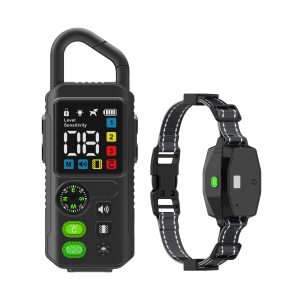Barking Solutions: A Comprehensive Guide to Bark Control
Barking can be a challenging issue for many dog owners. It can lead to complaints from neighbors, stress for the dog, and overall frustration for everyone involved. In this blog post, we will explore various bark control methods and tips to help you address this common problem.
Understanding the Root Cause
Before diving into bark control solutions, it’s essential to understand why your dog is barking excessively. Is it due to boredom, fear, territorial behavior, or simply seeking attention? Identifying the root cause will help you choose the most effective bark control method.
Bark Control Collars
Bark control collars are a popular option for addressing excessive barking. There are different types of bark control collars, including citronella spray collars, vibration collars, and shock collars. It’s crucial to select a collar that is suitable for your dog’s size and temperament.
Positive Reinforcement Training
Positive reinforcement training can be highly effective in reducing unwanted barking. By rewarding your dog for good behavior and ignoring or redirecting them when they bark inappropriately, you can encourage desirable behavior.
Environmental Enrichment
Providing your dog with mental and physical stimulation can help reduce excessive barking. Interactive toys, puzzle feeders, and regular exercise can keep your dog engaged and satisfied, decreasing the likelihood of nuisance barking.
Consistency is Key
Consistency is crucial when implementing bark control measures. All family members and caregivers should follow the same training protocols to avoid confusion and reinforce desired behaviors.
Seeking Professional Help
If your dog’s barking persists despite your best efforts, it may be time to seek help from a professional dog trainer or behaviorist. They can assess the situation and provide tailored solutions to address your dog’s barking problem.
Conclusion
In conclusion, barking can be a challenging issue, but with the right approach and patience, it can be effectively managed. By understanding the root cause, choosing the appropriate bark control method, and maintaining consistency in training, you can help your dog become a quieter and happier companion.




